Departure: Valletta
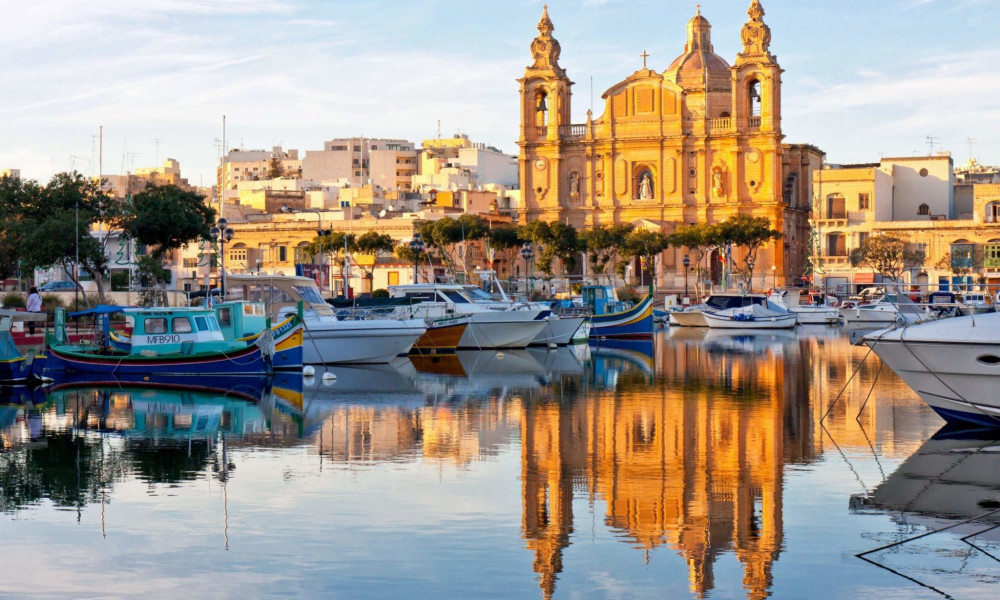
Lilliputian Valletta (a home to around 10 000 people) is a wonderful city that among experienced travellers is rightly considered one of the most interesting and abundantly rich in sites to see and explore as it is almost 500 years old. Truly, holidaymakers are more willing to pay homage to warm beaches and resorts of the country. Well, okay, it is a matter of taste.
In spite of being tiny, the capital has seen a lot. The fact is that historically almost all Malta became a sort of "lounge area" for medieval knights. Tired and exhausted by the Crusades, wars with the Turks, and intra European showdowns, they used to sail here in the hope to have rest, improve their health and gain strength before future battles.
Excellent climate, proximity of Europe and much-desired solitude turned thence bays into a favourite place of knights who founded there a few orders. However, it provoked enemies’ temptation to wipe up all holidaymaking soldiers in one go. Having defeated a few enemies’ attacks undertaken by the Arabs and the Turks, the victorious Grand Master, Jean de La Valette, in 1566 immediately set out to build a new fortified line and personally laid the first stone of the future city that took his name.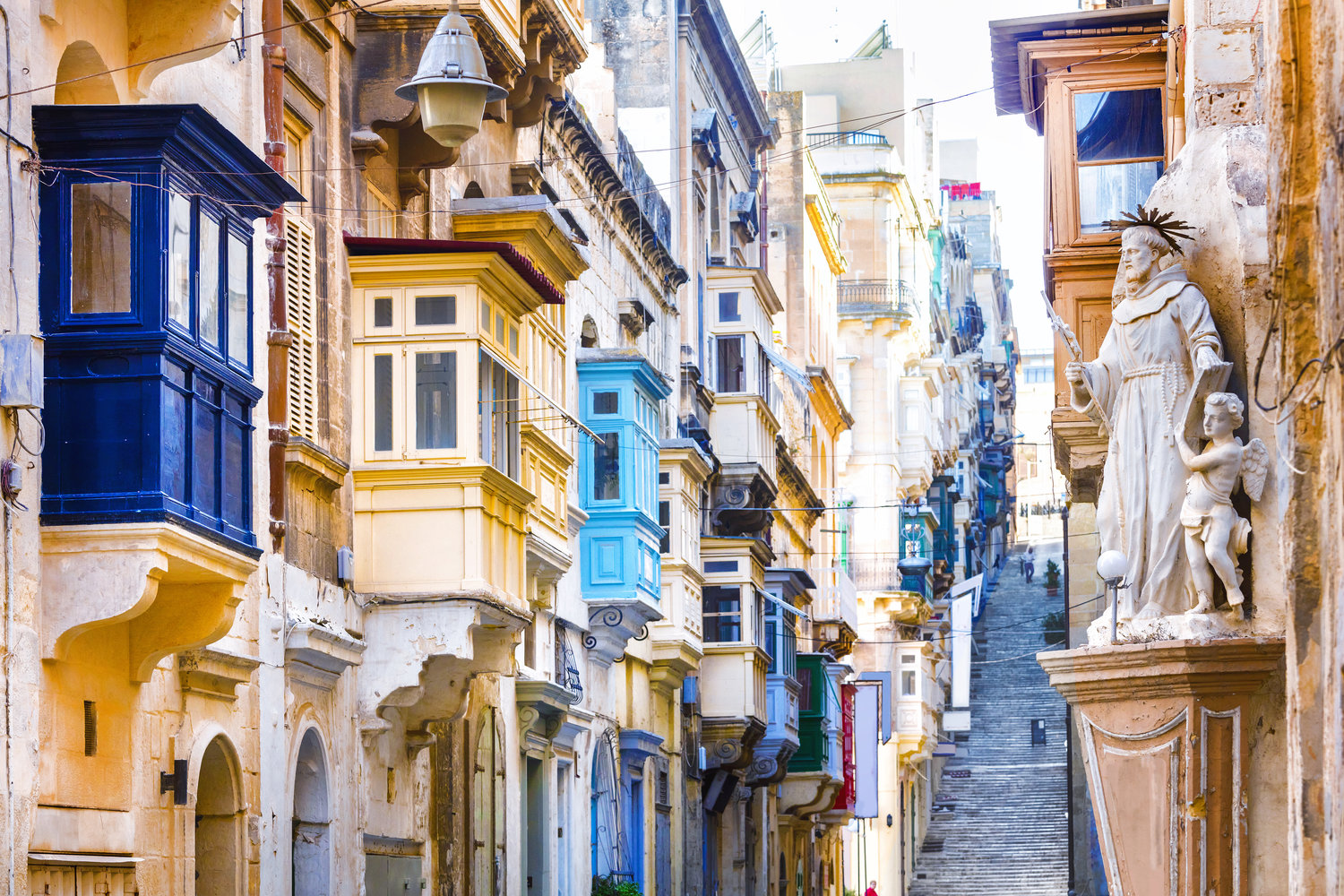 Photo vdevshop.com
Photo vdevshop.com
Thanks to generous donations from the Christian world, in just a few decades the Italian architect Francesco Laparelli built all that beauty, combining Mediterranean architectural elegance with British gloom and austerity. Valletta, by the way, became the first city in the world that was built not on the usual tradition "there is a river, hills and forests on the edges - we will build," but according to a predetermined plan.
Nevertheless, it is all things of bygone days, although the latter-day Valletta recalls if not everything, then much of that. Today it is sufficiently developed city featuring all the charm of civilization, yet retains a timeless atmosphere that gives the feeling that you are walking back in time. At least look at red telephone booths "a-la London of 70's ". They are literally everywhere in the centre, including the Republic Street, the city main street. The most touching is that there are modern devices inside booths. You are very lucky if you move through Valletta not by the traditional city-bass, but on board of a cosy Leyland-Tiger produced in the UK in the 40's of latest century. Unfortunately, such a veteran on the roads is becoming less and less.
Photo onegina17.tourister.ru
Among the main attractions (and, as you remember, they are countless there) one should definitely visit the Grandmaster's Palace, the St John's Co-Cathedral, the Sacra Infermeria, the Manoel Theatre and, of course, take a stroll along the Fort Saint Elmo. However, first things first, and the main task is not to get confused, because the adjective "saint" is present almost in every title. Although the local residents will show you the right way, the Maltese are very knowledgeable and everyone seems to speak English.
Read also: All articles of "Departure" heading
The Grandmaster's Palace in Valletta is all times "office" of Malta managers. Today it is home to the House of Representatives and the office of the President of the Republic of Malta, so some days office buildings are blocked for tourists, but overall this place is as much as possible accessed in comparison with the Kremlin or the White House. In addition to the Mediterranean luxury and pompous style inside and outside, the most curious spot is its basement hosting the treasury-packed Palace Armoury which boasts the world's largest collection of armour, swords and sabres – those things are a credit a dozen on the islands. If you are fond of the Age of Chivalry, here you can get stuck there for the whole day. Well, if the mighty Crusaders do not sparkle even the slightest interest (true to say the size of the armour clearly evidences that in the old days people were a little smaller), since you're here, put on headphones with an audio guide - they can tell many fascinating stories.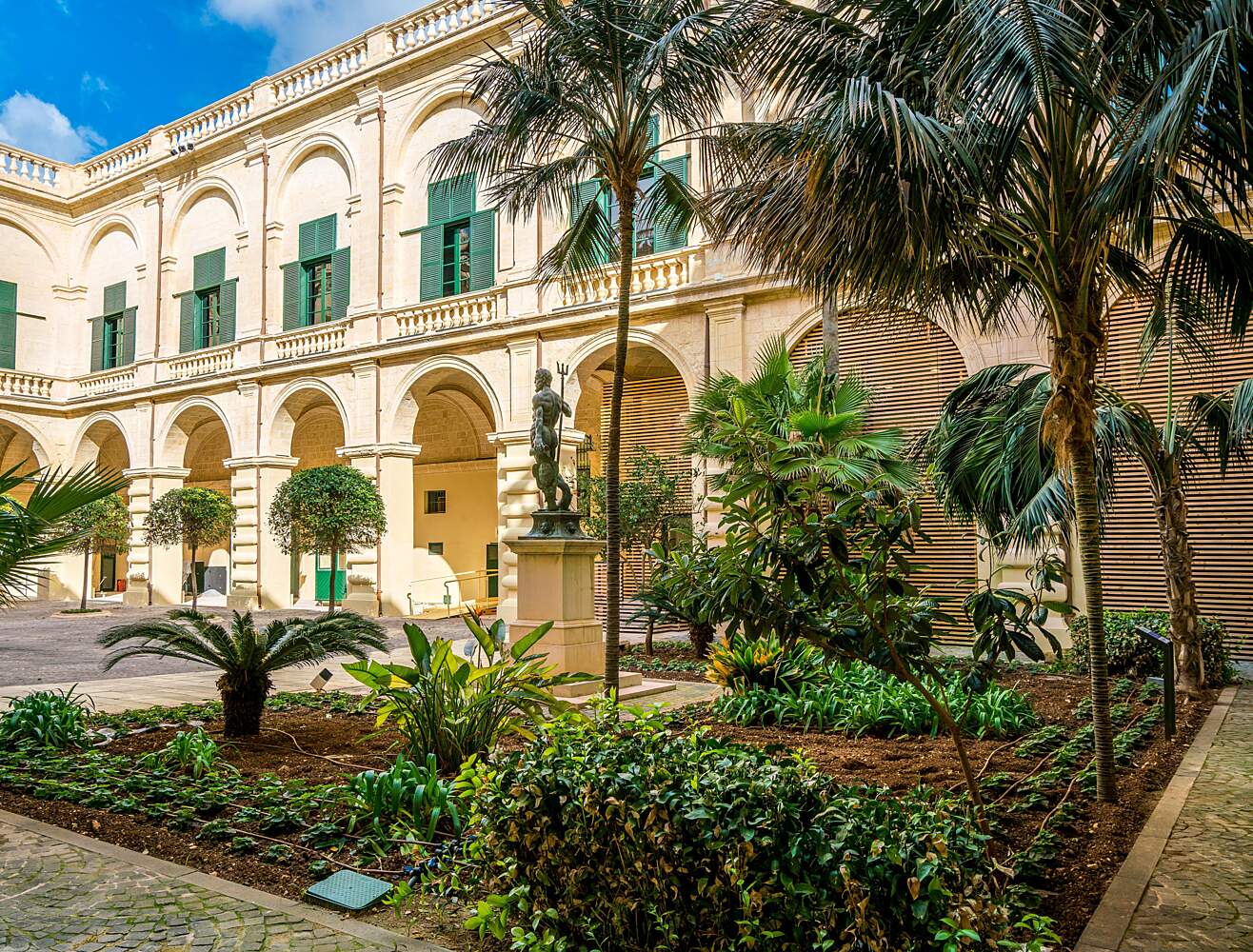 Photo tropter.com
Photo tropter.com
The next destination is the St. John's Co-Cathedral which was erected very quickly, in just five years, from 1573 to 1578, but the interior works lasted for about a hundred years.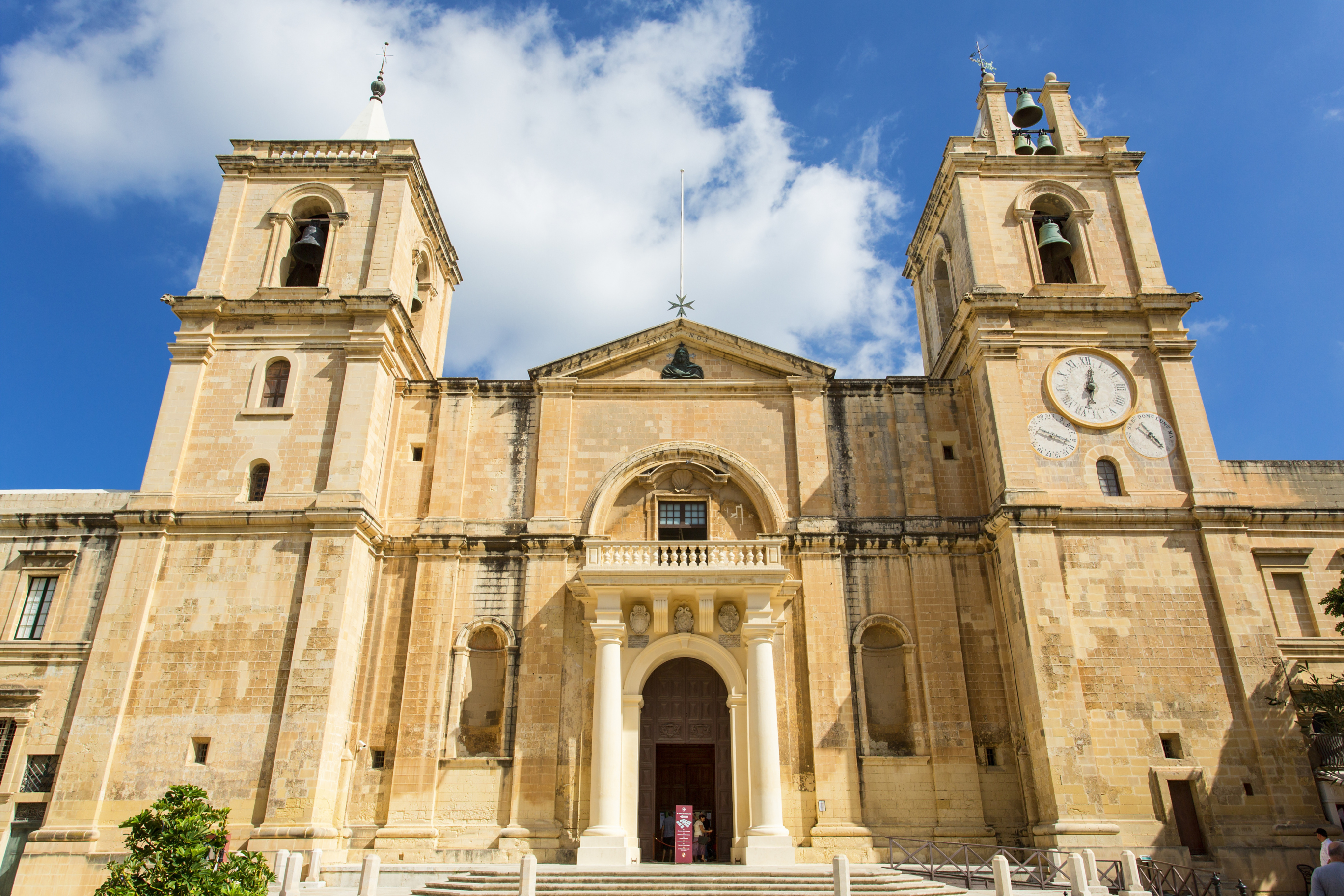 Photo lonelyplanet.com
Photo lonelyplanet.com
Most of the cathedral was created by artist with a tragic fate, Mattia Preti, after he had completed his job, the knights put him in jail for reasons unknown. So far little is known about this story. The place is the most important shrine since the great masters were buried inside the votive cathedral; its chapels are divided along ethnic lines: German, French, English - a total of eight. Floor is a solid tombstone with important inscriptions and memorable texts. Both dark and majestic.
Coming out to the open air, off we go to the direction of the Manoel Theatre, one of the oldest in Europe. In the central part of the city it is great to travel on foot since all attractions are close. The above mentioned buses and taxis are needed to get around the agglomeration of Grand Valletta. The theatre is worth a visit since during the Second World War it was destroyed completely, and only twenty years later, thanks to the painstaking work, it appeared in the form it existed in the early 18th century, when representatives of the knight orders had a cultural rest there. By the way, world known are its extraordinary acoustic properties, but it has no words to convey – let your ears help you.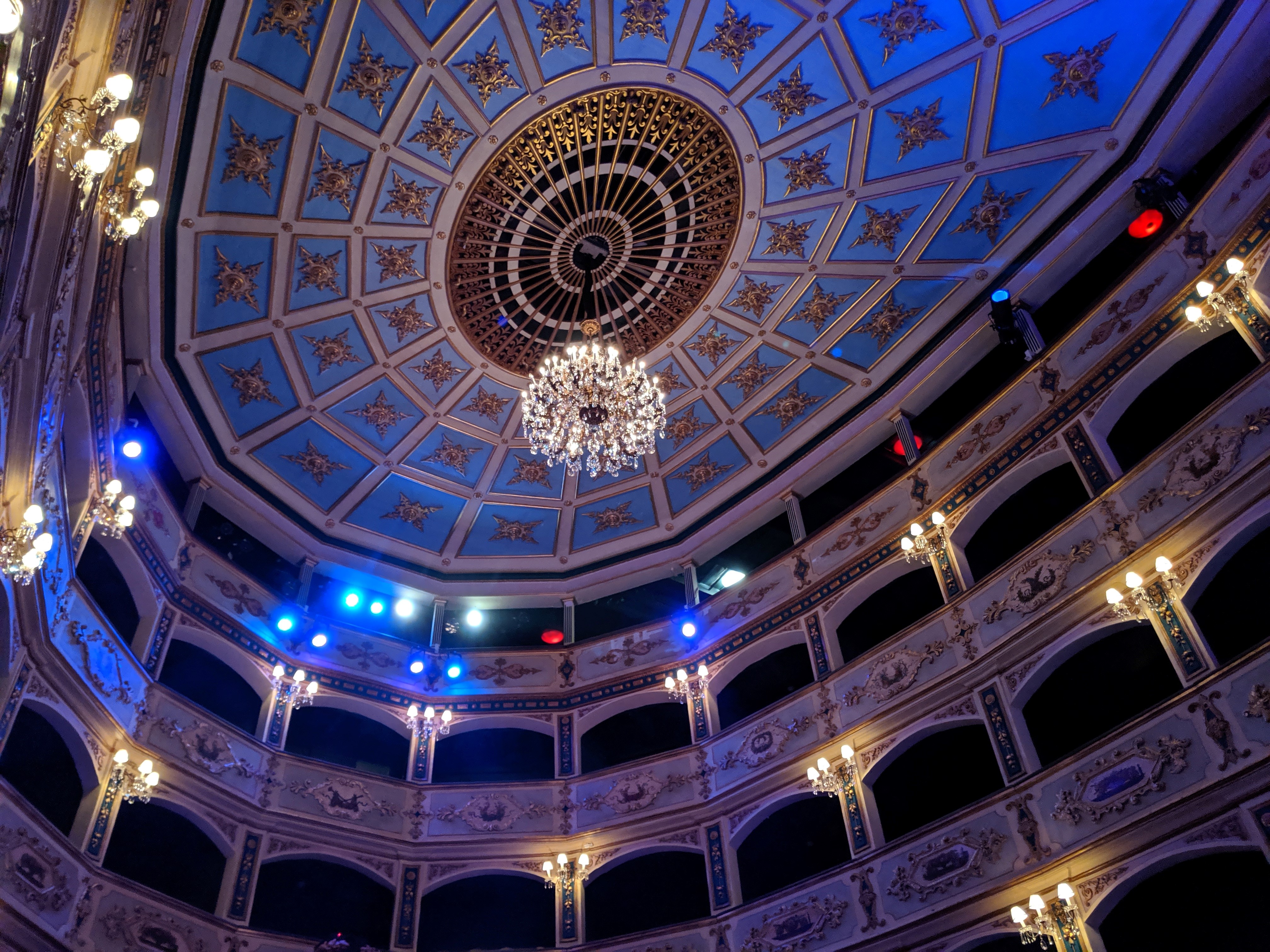 Photo english-malta.com
Photo english-malta.com
The Sacra Infermeria, or the "Holy Infirmery" is a state-of-the-art hospital which in its history changed many roles: it was known for a non-discriminatory criteria for admission, thus noble soldiers injured in battle, and the local poor people, and even captured slaves were all treated at the hospital. It also served as stables for horses, and now it is used as a media centre to study Malta history. Eventually the concept of hospital remained just in name. Although its territory features the longest ward in the world, the imposing Great Ward is 161 meters long, so if you have a bicycle, you can take it with you and have a ride.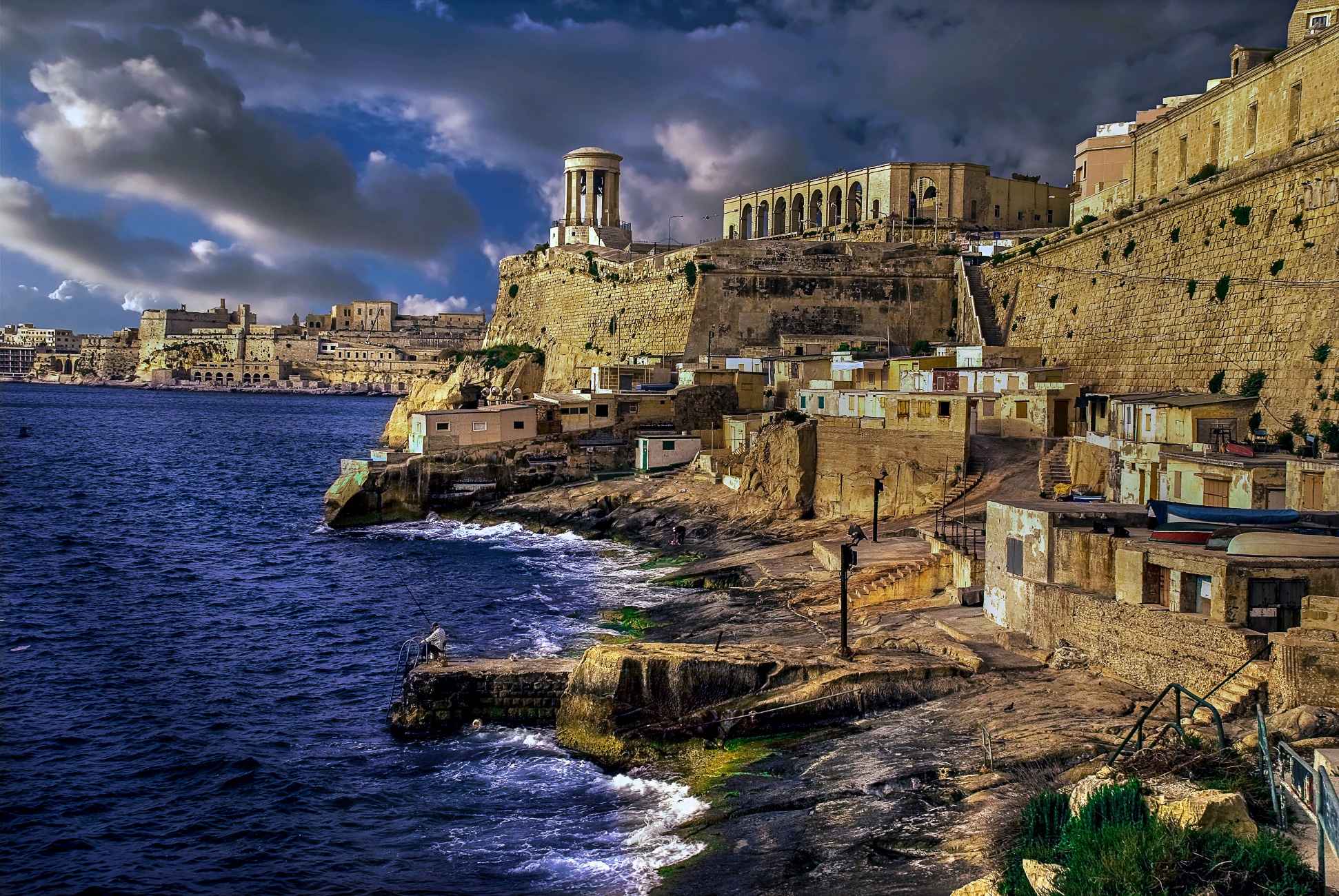 Photo ephotozine.com
Photo ephotozine.com
Finally, although in the case of Valletta this can be only warm-up, we complete our odyssey in the Fort Saint Elmo. It looks majestic from the sky with its frightening pointed fortification. Although it did not scare away the Turks who repeatedly besieging it. However, the knights always had enough patience to rebuild the fortress and strengthened it time and again. The interesting the Malta War Museum operates there, it houses such rare exhibits as the first gas masks, uniforms of different armies from 18-20 centuries, and the famous cross of King George, presented to Malta in 1942.
As you see, Valletta is not so much a city but one big tour: due to its small area and geographic location "in the centre of the world" every object is an exhibit. Therefore, even walking along its Mediterranean streets and enjoying the gentle sun, you can’t help coming across history at every turn.
Additional Information:
Malta supports left hand car traffic, which can be unusual.
The country's only international airport is five kilometres from the capital in the town of Luqa.
Local cuisine resembles southern Italian with all the wealth of pasta, pizza and seafood, but signature dish is rabbit in red wine (Fenek). And the most popular soft drink is Kinney, local lemonade. Highly appreciated is a dish called Pastizzi, a pastry snacks made of dough which is very nutritious, so when the Maltese order it they recall a saying "moment on the lips, a lifetime on the hips."
The city is incredibly cinematic, its streets used to be scenery for hits such as Troy, Gladiator, Midnight Express and others.
Early September is considered the best time to visit because the Grand Harbour plays host to a regatta, which turns into festivities. The weather in the summer and autumn is beautiful.
Cover photo mustseeplaces.eu


















